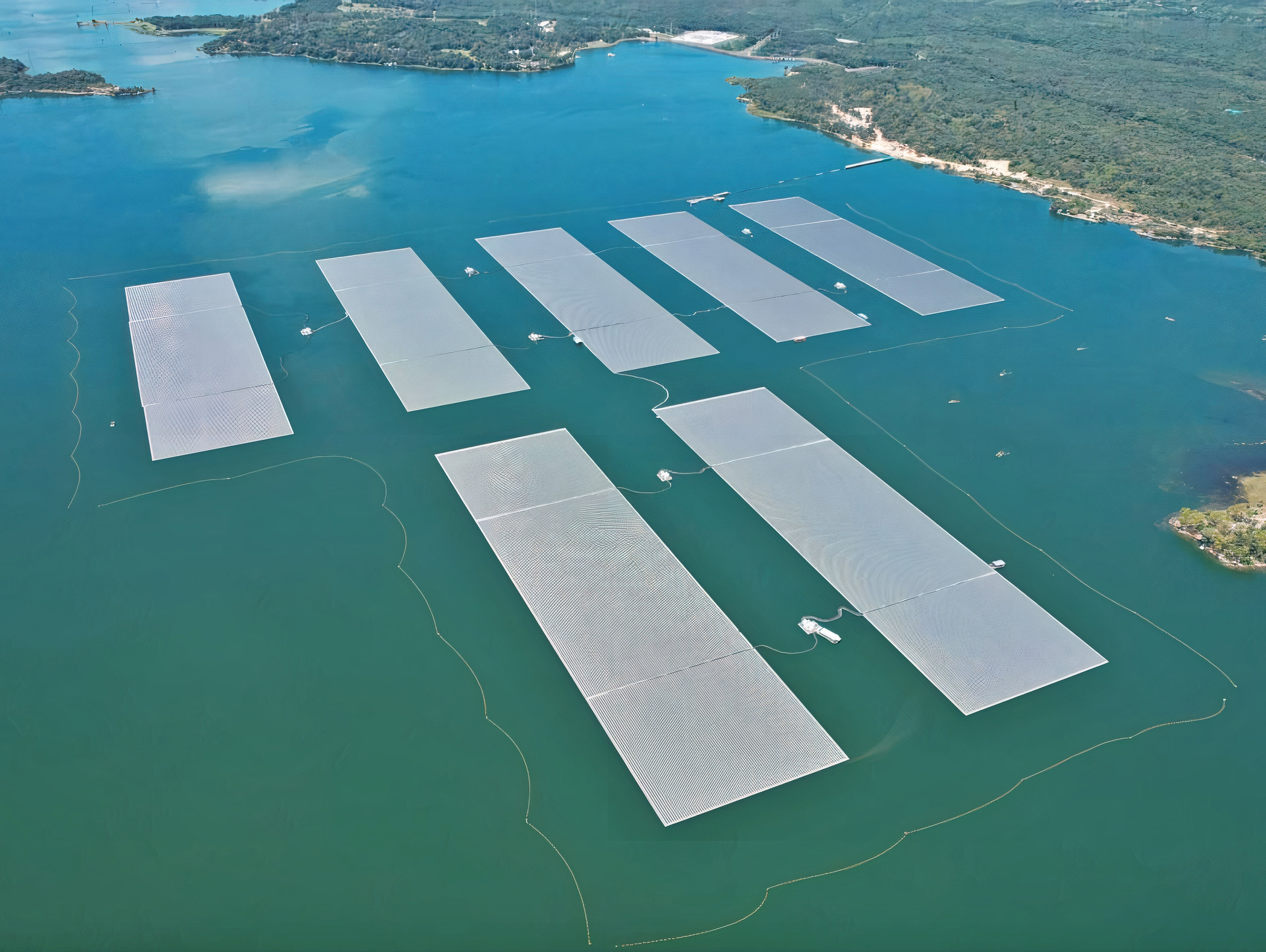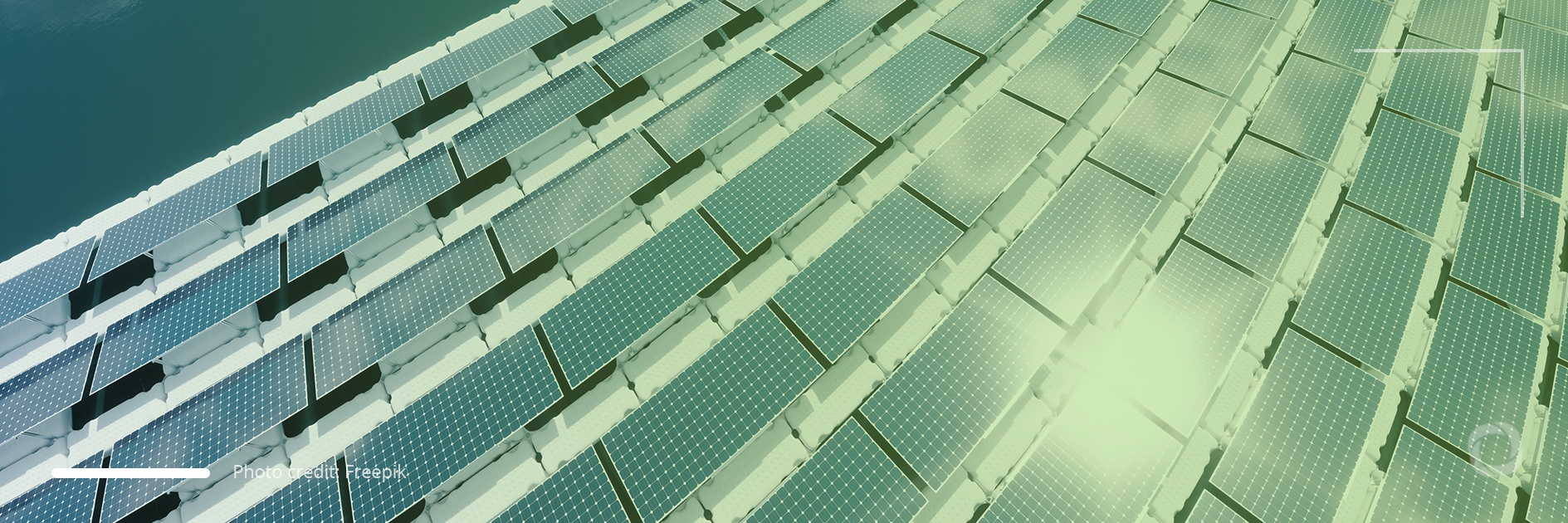Thailand has connected its new huge floating solar power farm to the grid. The farm, which is able to generate both hydro and solar energy, is the largest project of this type in the world. Thailand is planning to construct more such farms with the aim of achieving climate neutrality by 2050.
The floating farm, located on the Lam Dom Noi River in south-east Thailand, has 45MW of installed power capacity whereas the total energy capacity installed in the country is currently around 49 GW. There is only one other floating solar farm in the world which is on the Tangeh Reservoir in Singapore and has 60MW energy installed but as this is produced exclusively from solar panels, unlike the Thai farm, it is not a hybrid plant.
The floating farm in Thailand could supply around 30,000 average houses with energy and reduce the emission of about 47,000 tons of carbon dioxide a year. In 2020 Thailand emitted 257.77 million tons of CO2.

Eco-friendly technology
The floating solar plant uses two different technologies. During the day it generates energy from solar power while at night, hydropower is generated from the existing dam. The plant has seven sets of solar panels each with 145,000 panels which are installed on the water surface but occupy less than 1% of the entire reservoir. By locating these on the water, the constructors were able to reduce the heat of the panels thus allowing them to be 10-15% more efficient compared to panels that are installed on land. The project is also environmentally friendly because the panels have been placed at an angle on the water with space between the sets so that sunlight passes into the water and therefore the underwater wildlife and plants are not affected. The materials used to build the farm are also eco-friendly.
More green projects on the way
The Electricity Generating Authority of Thailand (EGAT) which manages the new project has announced that it is planning to construct more floating solar farms and intends to launch about 15 new projects to be constructed in different parts of the country. According to EGAT, together the 15 projects will add 2,725 MW of new capacity when operational.
According to data from the International Renewable Energy Agency (IRENA) from 2018, Thailand generated 41% of its energy from oil, 26% from gas, 20% from renewables, and 13% from coal and others fossil fuels. In 2019, the government approved the new 20-year Alternative Energy Development Plan (AEDP 2018 – 2037) which assumes that by 2037 Thailand will generate 30% of its energy from renewables, i.e. about 28GW.


